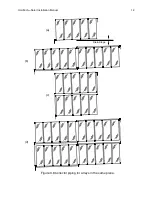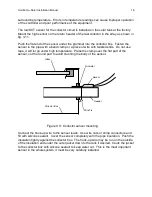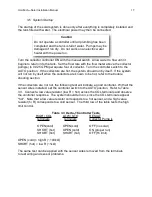
Figure 3.8 shows piping routines for different numbers of collectors placed on a sloped
roof. Because excessive expansion and contraction of the headers with temperature
swings can cause failure in the piping, it is recommended that no more than five four
foot wide collectors be joined together in one bank as shown in fig. 3.8(a). However, six
collectors may work if care is taken to assure there are no binding points in the piping.
Symmetry is important in collector arrays to help balance the flow through each
collector.
The collectors must have the recommended drain slope toward the supply (inlet) line to
drain properly. In addition, the return line must be on the opposite top corner from the
supply line to insure uniform flow through all collectors. The diagrams in fig. 3.8 show
that the path lengths for every fluid circuit are the same, eliminating the need for
balancing valves.
Figure 3.8(b) shows two banks of five collectors mounted in a single row on a common
sloped line. This arrangement is called a "row tilt". A spacing of 5-6 inches between
banks of collectors allows enough space to bring an insulated supply header between
the collectors.
Figure 3.8(c) shows two rows of collectors arranged vertically over each other. Notice
the return header connections. The water from the lower row must rise and join the
higher row to guarantee all collectors are full before any water can return to the tank.
Figure 3.8(d) shows collectors arranged vertically and horizontally. It is a combination of
two (b) type circuits placed one over the other. The same result can be achieved with
two (c) type circuits placed side by side. The choice depends upon whether there is
more horizontal or vertical room for the supply headers.
Large arrays may have several rows of collectors on a flat roof. Figure 3.9 shows two
banks of collectors piped as a single array and as separate arrays. In fig. 3.9(a) the
banks are joined by a common return line which is elevated from the first bank to the
second bank. This line must have continuous upward slope to the high point shown in
the figure to insure that all collectors in both banks fill completely before any of them
can drain. This piping scheme preserves the filling requirements and eliminates the
need for balancing valves. However, the long runs between rows require mechanical
supports to prevent traps and to properly support the piping.
A more common arrangement is shown in fig. 3.9(b). In this case, there are separate
return lines from each row that join below the collectors in a common return line.
Individual balancing valves are required in the supply lines to set the flow rate in each
row. The return lines can be joined as desired, but must maintain a proper drain slope
to the tank.
All pipe runs must slope continuously from the collectors to the tank. The minimum
slope is 1 inch in 20 feet, but should be as much as possible. There must be no traps
in the line.
HoloTech
tm
Solar Installation Manual
11










































